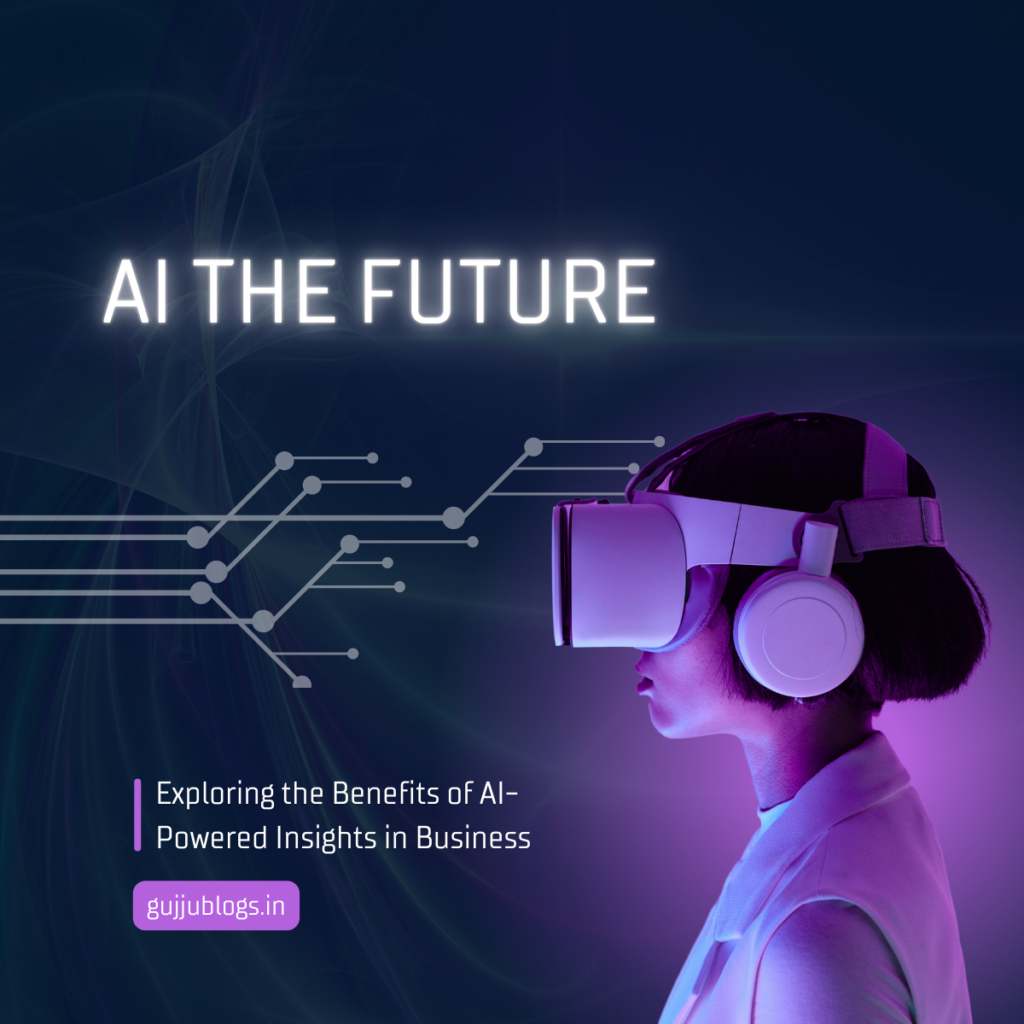Pop culture is a constantly evolving phenomenon that is of great interest to the younger generation. It encompasses a wide range of topics, including fashion, music, entertainment, and more. As pop culture expands and its audience grows, it becomes more rewarding, which helps to explain the unprecedented growth of the entertainment and technology industries.
How are these changes being driven by technological advances, social trends, and other factors?
The rise of social media has made it easier for people to share and consume pop culture content. This has led to a boom in the popularity of streaming services, such as Netflix and Spotify, which offer access to a wide variety of movies, TV shows, and music. Even the growth of the gaming industry is also being fueled by pop culture. Many popular video games are based on popular movies, TV shows, and books. The GenZ have predominantly captured the digital space adding up various trends on a daily basis.
Growth of Creator Economy
The rise of platforms like Instagram and YouTube has led to a growing trend of people consuming content created by individuals. This is in contrast to the traditional model of consuming professionally produced content, such as television shows and movies.
The growth of this trend is evident in the increasing popularity of platforms that allow users to watch “amateur” content live. It is estimated that 50 million people around the world now consider themselves “creators”, and the number of YouTube channels that made five or six figures has grown by 40%.
Nostalgia: The Game Changer

Nostalgia has become a significant driving force in the entertainment industry. A prime example of its influence was seen when Friends, the beloved sitcom, Prior to its move from the networking site held its position as one of the most-watched shows on Netflix.
Another prominent show benefiting from nostalgia is the Netflix original, Stranger Things, which is set in the 80s. Its popularity closely rivaled that of Friends, emphasizing the powerful appeal of nostalgia in captivating modern audiences.
Korean Wave
The K-beauty industry has marked its excellence in the World and is projected to reach $21.8 billion by 2026. K-pop, led by BTS and BLACKPINK, is captivating the world with over 100 million global fans. Whilw K-dramas are a significant part of this cultural wave.
Netflix invested $36 million in 2018 to license 24 episodes of the Korean series, Mr. Sunshine. In 2020, the streaming giant signed multi-year contracts with Korean production studios to bring over 40 K-dramas to their platform. The next anticipated trend is virtual influencers, which could potentially take the West by storm, following the Korean cultural influence. Currently every 3 in 5 people like to view K-drama.
AI-generated content

Artificial intelligence (AI) is not only shaping technology but also influencing the creative sphere. This year alone, AI-generated content has increased, making waves in music, art, writing, and much more. The most thrilling aspect is that people across all age groups are actively engaging with AI in various forms.
From Prisma and DeepArt to Bard, ChatGPT, and more, individuals of different generations are captivated by these AI-powered tools. They are empowering people to express their creativity effortlessly and share their artistic endeavors with the world.
Conclusion
Undoubtedly, digital innovation has been a major catalyst for cultural transformations in recent years. Looking ahead, we can anticipate that new technology will continue to play a pivotal role in driving future cultural changes, surpassing other factors in its impact.
